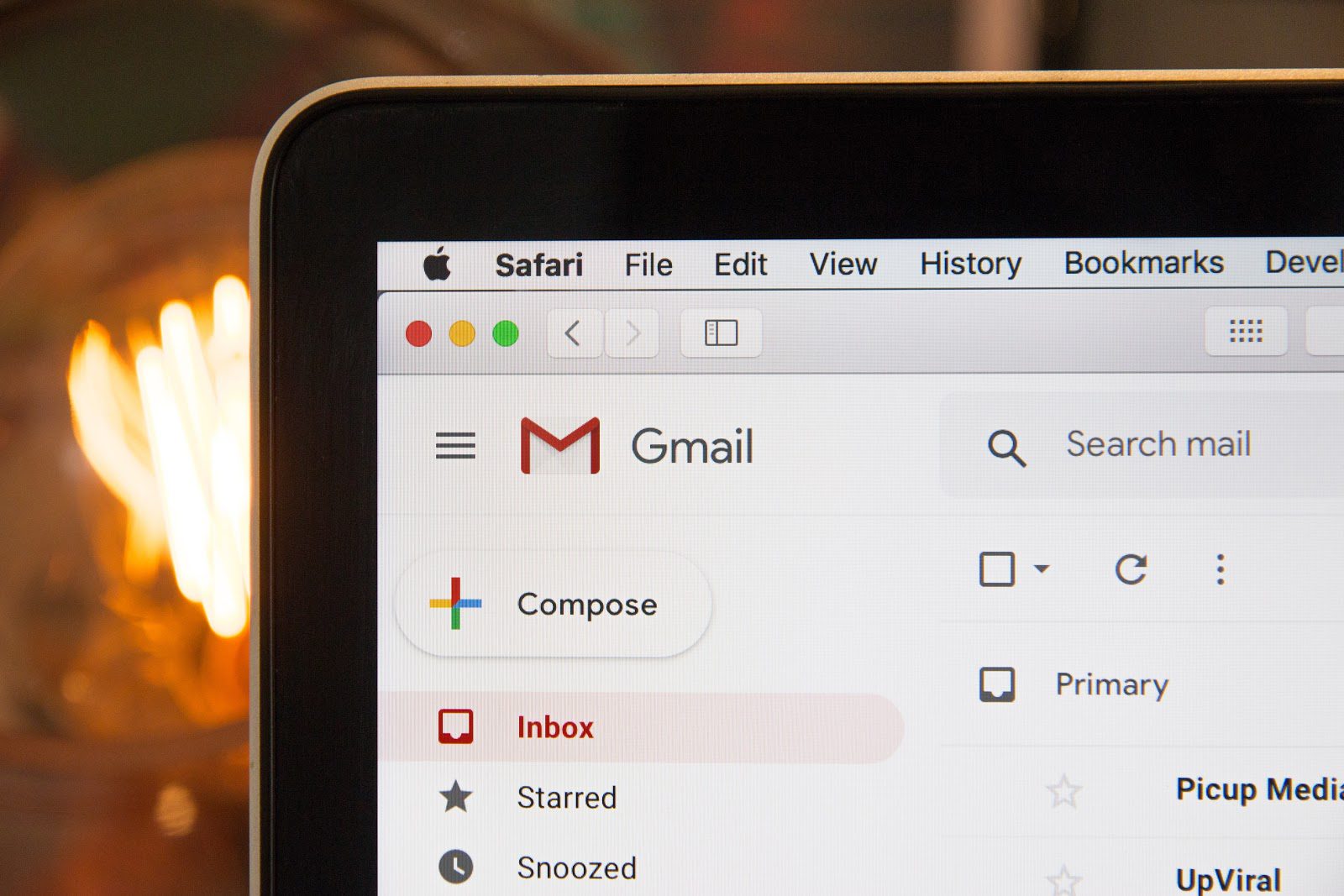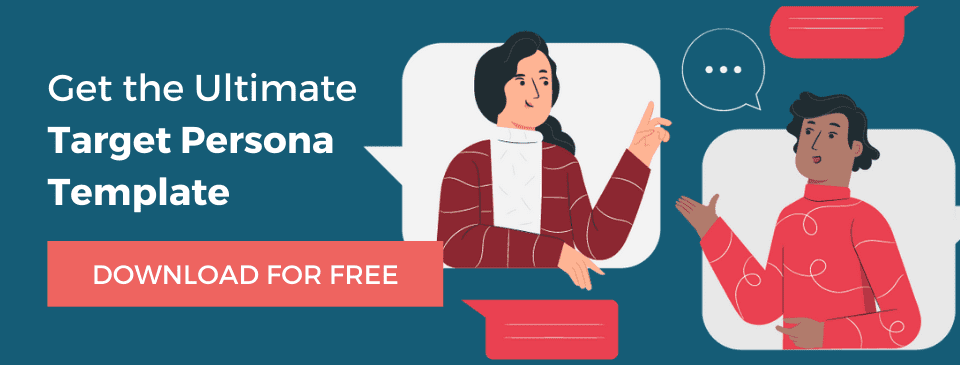Best practices for Email Marketing
Nowadays, one-size-fits-all content is old news, as in our current digital landscape, customisation is king! Most internet users now have custom settings within their operating systems. For example, people can open a browser with their most visited websites already saved, which takes them to specific lists of personalised content suggestions for them to browse through.
Understanding the uniqueness of each user is vital to creating high-performing content. And this is where email marketing segmentation kicks in nicely! Knowing the best email marketing segmentation techniques can help your business deliver relevant content that your users are looking for.
How does email marketing segmentation work?
Email segmentation is a vital part of any email marketing strategy, and almost every digital marketer has taken part in it regularly (or at least they should’ve).
Creating individual messages for each user is an impossible task, indeed. However, there is a way to solve all your problems in no time. Start dividing your email marketing list into a few categories such as age, gender, location, etc., or based on a specific email campaign activity. By doing so, you will ultimately aim to generate profitable engagement with your brand via high-quality and interactive emails.
Keep in mind that people want to see content relevant to their wants, needs and digital activity.
Benefits of email marketing segmentation

Most digital marketers know that email marketing list segmentation can drastically improve open and click-through rates (CTR). Email marketing can be both a relationship-building and profit-building tool, but only if done correctly.
Segmenting leads for email marketing can build upon an existing relationship with your subscribers and leads by providing valuable information to help them take action on their goals. It can also help you boost conversions and revenue, but it is also highly efficient in promoting your content, marketing your products, and increasing your ROI. And we almost forgot about your bounce rates and unsubscribes, as they can lower significantly as well!
Email marketing segmentation means better personalisation. These could be as simple as pop-up online discount offers, automatic refill reminders, alerts for sales and new product releases, and email discount offers for products consumers have browsed online previously.
Interesting facts
- Email marketing can generate £30 for every £1 spent, a 3,000% ROI (crazy, right?).
- Also, ⅔ of customers have purchased as a direct result of a well-segmented email marketing campaign that had a relatable message to them.
- Segmented email campaigns can generate up to 55% of your company revenue.
- Millennial consumes (aged 18 to 34 years old) demand more personalisation from companies than consumers 65 years and above. They are also more interested in receiving email campaigns that provide welcome offers and discounts for online abandoned shopping carts.
Our top tool to use for email marketing in general
Our all-time favourite email marketing tool is HubSpot. You may be wondering why HubSpot is good? Because it has the most effective inbound marketing services that your brand can make the most of!
To put it merely, HubSpot can make your customer relationship management (CRM) simple, easy to track and even more comfortable to act upon.
With only so many hours in the day, automating tasks and systems can be handy, and this CRM platform knows exactly what we are talking about. The Hubspot workflow templates for example can automate as much or as little of your email marketing efforts as you desire, all in a contextual and easily measurable way. You can create your email marketing lists, built on literally any criteria of your choice – from personas to custom lead scores, and much more. Have a look at HubSpot’s Email Marketing Tools and stop waiting around on designers or IT!
When creating your email workflows, you should start by setting a goal (it could be as simple as sending emails), which will take you to the next step, building in your contact properties, adding them to a list, and creating and then labelling each email.
Accelerator
HubSpot can help you schedule your email workflows in the most optimal timing whilst keeping the sales funnel in mind, but you can also pick a ‘recipe’ listed within the email workflows.
These ‘recipes’ are automation systems that already exist, and which have been tested and proven to work in regards to lead nurturing and business growth – now that is the real speed for your automation process that you need! On the CRM platform, you can also get valuable insights from your emails, notifications when they’ve been read and a great help in scheduling timely email campaigns.
And now let’s cut straight to the chase – our top 7 Email Marketing Segmentation Best Practices.
1. Start with simple email marketing segmentation

The number of possible email list segments you can create can quickly become overwhelming, starting with two or three simple segments. For example, you can divide your email marketing list into two segments:
First segment – customers who’ve already purchased from you
The second segment – prospects who’ve expressed interest in your products
For the first email marketing segment, you could start crafting emails containing loyalty rewards and product discounts. And for the second group, your email content should be educational, loaded with high-quality information to build trust.
2. Continually collect information from and about your prospects and customers
The more information you gather about your email subscribers, the better the chance to personalise your email marketing campaigns and deliver the content that people are waiting for.
A good tip for you is to give your subscribers a chance (plus an incentive) to update their profiles and preferences periodically. This will allow you to collect their behavioural data (like past products that they’ve purchased and browsed through on your website) to use in future mail marketing segmentation as well.
Information such as age, gender, company position, and income level can say a lot about people’s needs, wants and interests. All this information can be gathered in the sign-up stage, so make sure to set as many demographic options as possible for them to fill in (but don’t overdo it, as sometimes this can scare people off from signing up).
Accelerator
Create a survey or a quiz to get access to a wide array of data about your customers. A survey can offer you a lot of demographic information, insights into people’s tastes, preferences, as well as beliefs. Don’t forget that everyone loves incentives, so make sure to create some kind of gift for completing your survey, such as entering them in a drawing to win some sort of prize.
3. Email Engagement Segmentation
Even though it is a fundamental way to segment your email lists, it can significantly impact your overall email marketing campaign results.
You must look for the most here is your open rate and CTR, which you keep track of in your email marketing services. You can segment your emails based on designating active versus inactive users, and then craft a unique email campaign designed at re-engaging your inactive email subscribers.
Alternatively, you can focus on your engaged subscribers and start targeting them more precisely. You can do so by firstly sending them an email about an upcoming sale, mentioning that everyone who clicks through the email link will be instantaneously categorised as ‘interested’.
4. Geographic Area Segmentation

Segmenting your email lists by geographic areas is a valuable tool, especially for companies where location dramatically influences people’s purchasing behaviour.
You can create time-based emails, which means that you will send out emails at optimum times for customers in different time zones. You can also send focused emails for events in specific store locations, craft personalised travel directions based on people’s geolocation, or you can level email marketing segmentation even more.
How? By creating location-specific content, you will use a location in your headlines or email content to draw viewers’ attention, offering them a personalised experience.
5. Past Purchases Segmentation
This is a straightforward way of targeting, and you should always start by sending out email recommendations for similar items that are in line with people’s previous purchases.
A smart strategy could be to make an educated guess about when your subscribers might run out of your product and send them an email after a few months suggesting a reorder.
Some might say this is quite creepy, but in the end, you will definitely see results!
6. Money Spenditure Segmentation
If you sell a range of high and low items, the amount spent on your products can be a great email segmentation strategy.
Using customer expense history, you can determine who is likely to buy more expensive products and are more interested in affordable items. After that, you will send out targeted emails featuring products in each customer’s price range and budget.
Top Tip
Segmenting your audiences considering where people are in the sales funnel is one of the most effective ways to customise your email marketing campaigns.
People situated at the top of the funnel should receive completely different emails to those at the bottom. The new subscribers will be more likely to open an email that talks about a range of products you have on offer (this would typically be a series of welcome emails introducing them to your brand). In case your subscribers have been with you for a while now, you can use past data and the way they’ve interacted with your emails to determine what exactly they are interested in, and start sending out more emails similar to the previous ones.
An excellent indicator that someone is at the bottom of the sales funnel is cart abandonment. But you have no reason to worry when this happens, as this can be a massive opportunity in disguise. If you find yourself in this situation, you can simply send a follow-up email reminding them that their cart is still available, bringing their intention to buy from you back on the main stage.
7. Website Behavior Segmentation

Based on what specific website pages people visited, you can start sending out targeted emails.
You can see visitor’s scrolling behaviour, icons clicked, average time spend on the website, menus visited, and much more, which is pretty impressive nowadays.
Closely tracking your customers and perspectives on digital behaviour gives you an excellent insight into how people interact with your brand and what obstacles or hooks they might be experiencing in their buying journey.
Conclusion
And there you have it! Email marketing segmentation is an effortless and creative way to start targeting the right audiences, with the right messages, at the right time.
Thanks to the many tools available today, email marketing segmentation are more comfortable and automated than ever, so why not make the most of it?
Are you getting the best possible email performance results from your email list segmentation? If your answer is no, we have the solution! HubSpot is our trustworthy partner, helping us to make our client’s life easier by scaling their growth and spending less time on many repetitive tasks.
Our expert team of digital marketers can offer you dedicated HubSpot support to help you grow your business with great email marketing setups that will deliver the results you are looking for, so make sure to get in touch with us.






